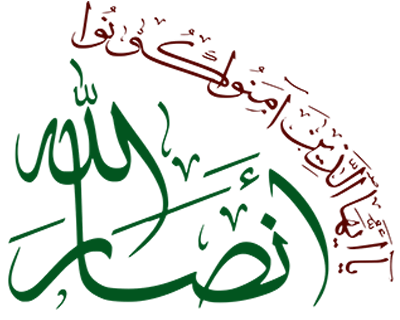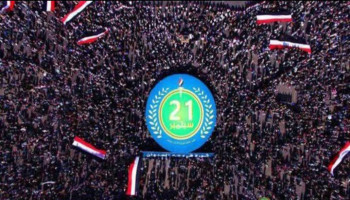The September 21, 2014 Revolution, led by Ansarullah, marked a historic turning point in Yemen’s political trajectory. It restored national sovereignty, foiled foreign intervention schemes, and reasserted Yemen’s position as a strategic and influential regional actor, according to top Yemeni officials and political analysts.
Historical Context and Emerging Threats
The revolution erupted at a critical moment when Yemen was teetering on the brink of collapse amid regional and international conspiracies aimed at fragmenting the country and stripping it of independence.
Abdullah al-Nu’ami, a member of Ansarullah’s Political Bureau, recalled the chaos that preceded the uprising: rising armed conflict between political factions, terrorist attacks, assassinations of military officers, and the bloody 2013 assault on the Ministry of Defense.
Al-Nu’ami emphasized that foreign powers — most notably Saudi Arabia, the UAE, and the United States — sought to exploit internal divisions and advance a blueprint to divide Yemen into six semi-autonomous regions under foreign influence.
Reclaiming National Decision-Making and Unity
Political analyst Wassim Bazzi described the revolution as “a rebirth of modern Yemen,” underscoring its success in reclaiming national decision-making after decades of foreign dependency and externally imposed agendas.
Ambassador Abdullah Ali Sabri pointed out that the revolution corrected the historical failures of past uprisings, which had been diluted by Gulf initiatives, the so-called "Group of Ten" countries, and direct U.S. interference.
Deputy Minister Abdullah al-Washali stressed that the revolution was a grassroots, people-driven movement deeply rooted in Yemen’s values and identity. It firmly rejected external tutelage, restored national dignity, and revitalized Yemen’s commitment to just causes — first and foremost, the Palestinian cause.
Peaceful Governance and Inclusive Participation
Officials assert that the revolution was not merely a liberation movement, but also a call for inclusive governance and national reconciliation.
Sabri recalled the Peace and Partnership Agreement — brokered by the United Nations and signed by all major political forces — as an effort to form a unified government and ensure broad-based political participation.
According to al-Washali, the revolution avoided punitive actions against political rivals and instead focused on involving the people in the process of safeguarding stability. It transformed the military and security institutions into genuine representatives of the people, free from partisan manipulation.
A Regional and Moral Standpoint
The revolution redefined Yemen’s role in the region, particularly through its unwavering support for Palestine and its resistance stance. Bazzi noted that Yemen’s principled alignment with Gaza reflects the moral and faith-based essence of the uprising, while al-Nu’ami pointed to mass public mobilizations as evidence of authentic domestic legitimacy — a legitimacy that cannot be manufactured or imposed by external forces.
Legacy and Lessons
Leaders and analysts agree that the September 21 Revolution reshaped Yemen’s national identity, reconnected the country to its historical and religious heritage, and proved that sovereignty is not granted — it is earned through unity, leadership, and moral conviction.
Yemen’s steadfastness in the face of foreign pressure has turned the country into a symbol of national resilience and a voice for the oppressed across the Arab and Islamic world.
Today, the revolution continues to shape Yemen’s internal dynamics and regional posture — especially amid ongoing confrontations with the Israeli enemy and foreign-backed coalitions in the Red Sea — cementing its place as a sovereign, liberationist force within the emerging Middle East landscape.
Since toppling the former government in 2014 and ending years of U.S. tutelage over Yemen’s political decision-making, the country has faced a brutal military intervention led by the U.S. and Saudi Arabia beginning in 2015. Now entering its second decade, the war has solidified Ansarullah’s control over northern Yemen, while Yemen’s direct engagement in the Red Sea against Israeli targets has given the revolution new geopolitical weight.







